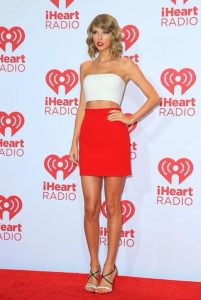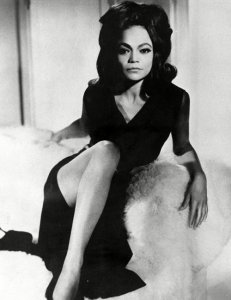I have seen the argument be made that, for instance, David Kibbe did not come up with yin/yang, or even the basic types he uses. Similarly, Carol Tuttle goes into detail about how she came up with her system in one of her early books (she went to a four-type seminar, tried to partner up with the person who gave it, and started her own thing when that offer was rejected), and David Zyla draws heavily from Caygill, with some of the names for his archetypes being exactly the same. So where is the line, and why do I come down hard on some people, while promoting the work of others that some say did the same thing? There are some important distinctions for me that I will attempt to explain here.
1. Originality of Point of View
Now, this doesn’t have to mean reinventing the wheel. This just means, to me, that you may have taken some inspiration from your forebears, but you’ve added enough to make it your own. David Kibbe may use Dramatic/Natural/Romantic/Classic/Gamine like McJimsey, but the way his system works is very different (I think Kitchener is the closest to her, actually). It’s a different way of using yin and yang than she presents, and is closest to Northrup, in my opinion. I don’t think I could get the same thing that I do from Dressing Your Truth from other four-type systems, and going to see Zyla is a very different experience from seeing a Caygill analyst.
2. Originality of Materials
Along with this, I look at whether someone has created their own materials. There is a tendency to, for instance, take David Kibbe’s Image IDs, change the vocabulary surrounding them, and continue to use the test from the book to type clients. It sounds unbelievable that people do this, but it’s true. People run businesses, pretending to have created something, while using the literal test David wrote and putting excerpts from his book on their websites with no citations. Are you doing something truly different, or are you just giving it a new coat of paint?
3. Distinctness
Lastly, the work should be original enough that for the most part, you can’t really have the systems be synonymous. Four-type systems have been around for millennia, so this applies less to DYT and more to something like Kibbe. If people tend to consider, however incorrectly, a typing from someone in the new system to be a typing in the source system, the systems are too close for my taste. (With DYT, though, I still find that the combination of the style and energy work to be original enough that I consider it distinct–I don’t come out a 4/3 in every single four-type personality or style-typing system that I’ve looked at, for example.)
Factors of Quality
There are also systems where I feel like the system is original enough, but the systems just aren’t as good as the people they drew from. A major factor I’ve identified is whether the creator of a new or “new” system has a good enough understanding of their source material. This is something I’ve noticed a lot with people who have created a system after finding Kibbe. They feel like what they are doesn’t exist in Kibbe, or that they can’t be what they want, so they create something around this concept. Generally, they just don’t understand yin and yang and how David applies it. These systems are always going to be weak, in my opinion, because they come from a place of misinterpretation.
So I’m not totally opposed to systems based on other systems… in fact, I would like to make a system family tree–I think it would be fun! If you find something old and make it new again, I think that can be good, especially if the originator is no longer working. But if it’s simply a cheap imitation, then that person is better off going back to the drawing board.
These are just my thoughts on the topic… where do you draw the line when it comes to whether or not you consider style systems to be originals or copies, and does it even matter to you?


